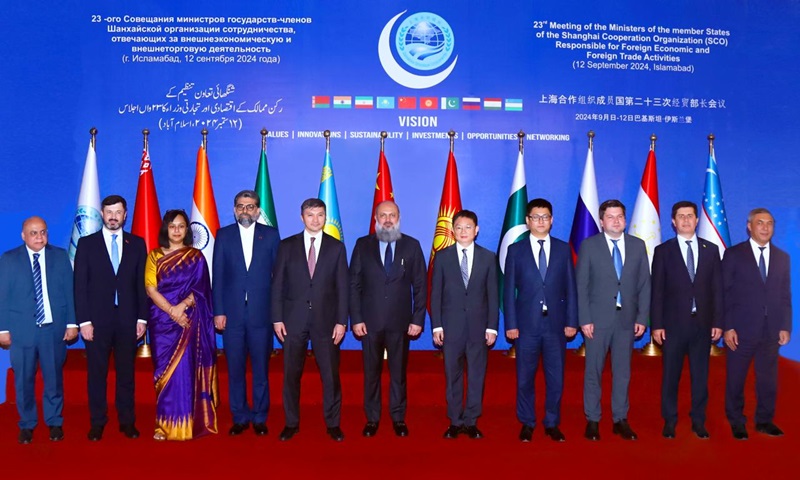In the mesmerizing region of Gilgit-Baltistan, nestled in the heart of Pakistan’s northern frontier, the wildlife department has embarked on a remarkable journey – a quest that intertwines the preservation of nature and local empowerment. Gilgit-Baltistan’s wildlife department recently issued permits for the hunting of markhors in the region, marking the commencement of the Trophy Hunting season. This initiative has not only raised eyebrows but also a significant amount of funds, with one hunting permit fetching an astonishing $186,000. In this article, we’ll delve into this intriguing phenomenon, exploring its implications and the pivotal role it plays in the preservation of endangered species, as well as its contribution to the betterment of local communities.
A Record-Breaking Auction
The journey into the world of trophy hunting begins with an auction – an event of paramount importance. In a recent auction, the GB administration auctioned a total of 104 permits for hunting endangered animals. Among these permits, the crown jewel was undoubtedly the Astor markhor. Remarkably, the highest bid of $186,000 was placed on the Astor markhor permit, setting a new record for this exceptional species. The second and third highest bids for hunting markhors were $181,000 and $177,000, respectively.
The Trophy Hunting Season
The Trophy Hunting season in Gilgit-Baltistan is not just a date on the calendar; it is a commitment to conservation. Starting from November 1 and extending until April 25, this season is a dedicated effort to ensure the survival of endangered species. Among the permits auctioned, four were for Astor markhors, a dozen for blue sheep, and a whopping 88 for ibexes. This extended hunting season provides an opportunity for hunters from around the world to immerse themselves in the breathtaking landscapes of Gilgit-Baltistan and simultaneously contribute to the welfare of these magnificent creatures.
READ MORE: Lenovo and Motorola’s Game-Changing Concept Phone: A Flexible pOLED Marvel
The Socioeconomic Impact
While the figures generated by these hunting permits are undeniably impressive, it’s essential to understand where this money goes. Contrary to what one might expect, only 20% of the revenue is deposited in the national exchequer. The lion’s share, however, is invested in the health and development sector of the local community. This allocation of resources to the grassroots level not only encourages support for the program but also strengthens the bonds between the local population and wildlife conservation efforts.
The Controversy
Trophy hunting, despite its seemingly noble purpose, remains a contentious issue. While many conservationists advocate for this practice, believing that it helps in preventing poaching and empowers local communities, it is met with significant opposition. Critics argue that killing endangered animals, even if done legally, sends mixed signals about conservation. The debate between these two perspectives continues to rage on, highlighting the complex nature of wildlife conservation in the modern world.
Conclusion
Gilgit-Baltistan’s Trophy Hunting season is a paradoxical affair – a fine balancing act between conservation and controversy. The remarkable amounts generated by these permits, the sustained protection of endangered species, and the direct benefits for local communities have made this initiative a double-edged sword. While it brings in funds for conservation and local development, it also raises ethical questions about hunting endangered creatures. As this debate unfolds, it is clear that the quest to preserve our natural world is more complex than ever before.




